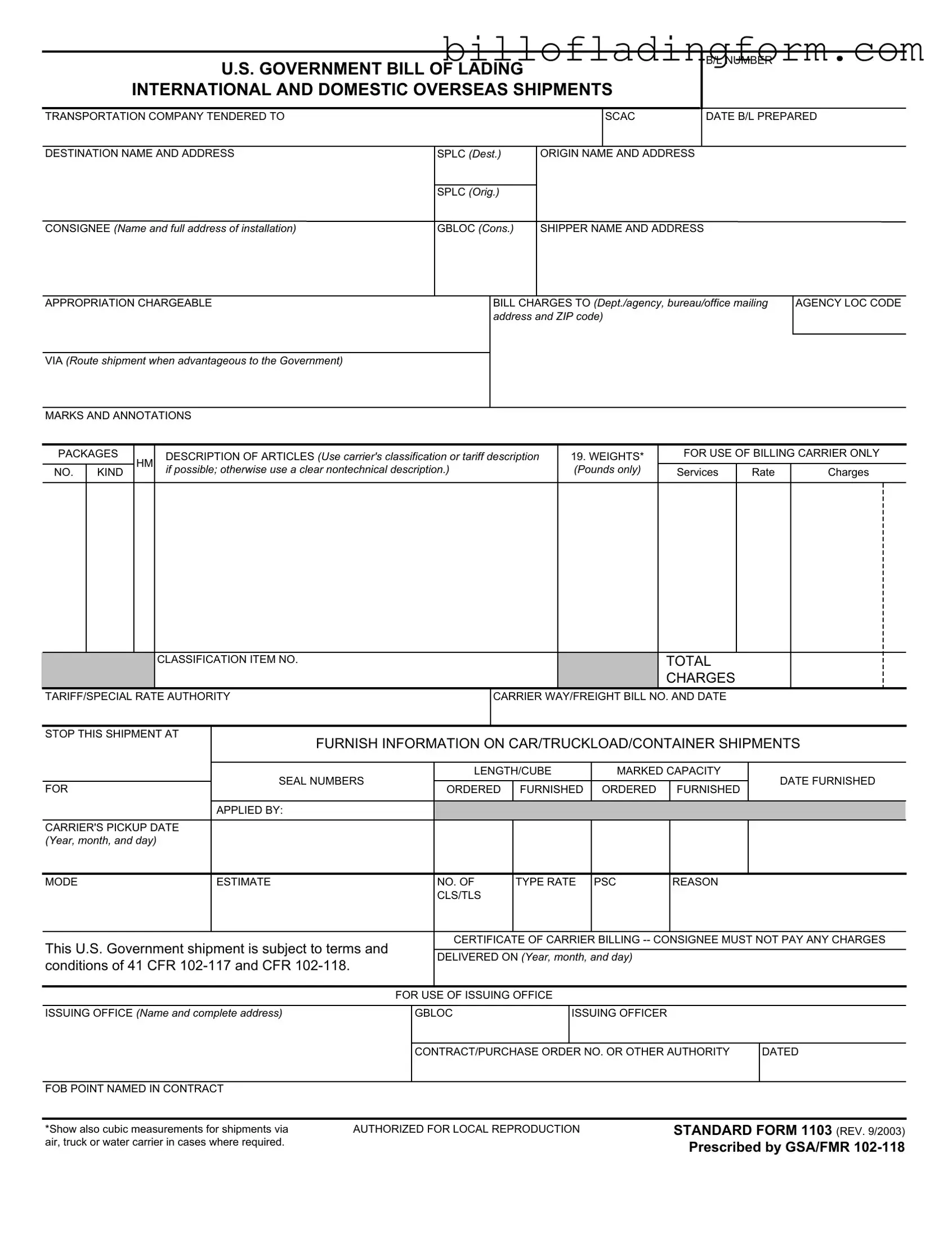Fill Out a Valid Us Bill Of Lading Template
The U.S. Bill of Lading is a crucial document used for both international and domestic shipments, serving as a receipt for goods and a contract between the shipper and carrier. This form includes essential details such as the shipment's origin, destination, and a description of the articles being transported. Understanding how to accurately fill out this form is vital for ensuring smooth transportation and compliance with government regulations; start by clicking the button below to access the form.
Fill Out Your Us Bill Of Lading Online

